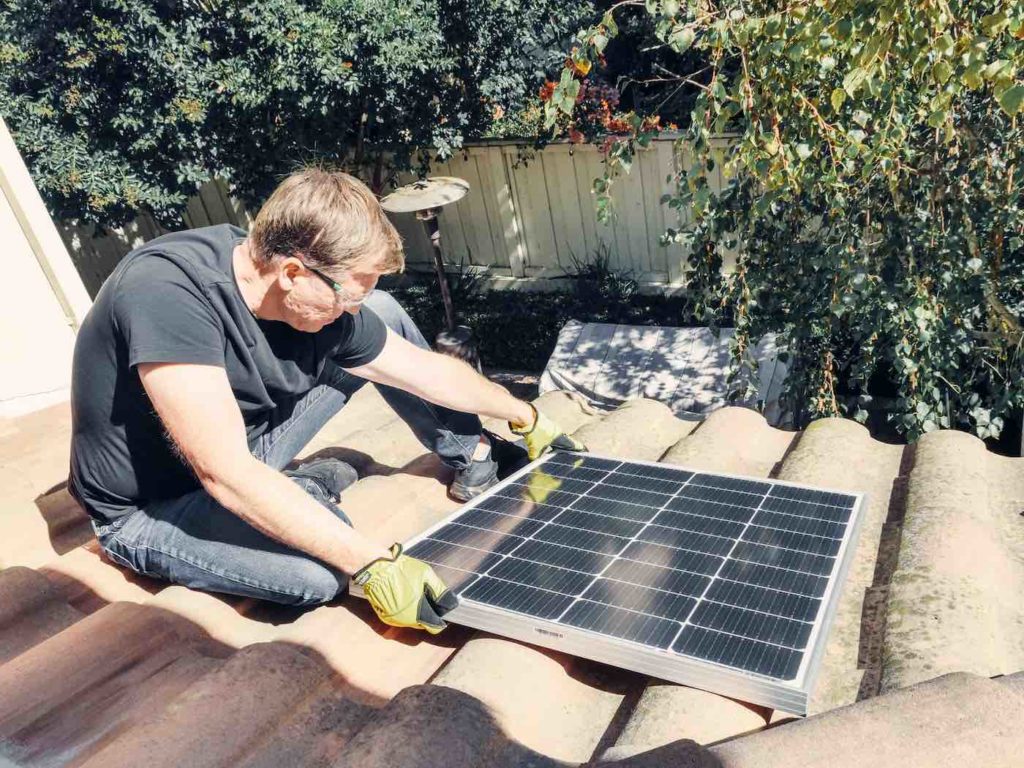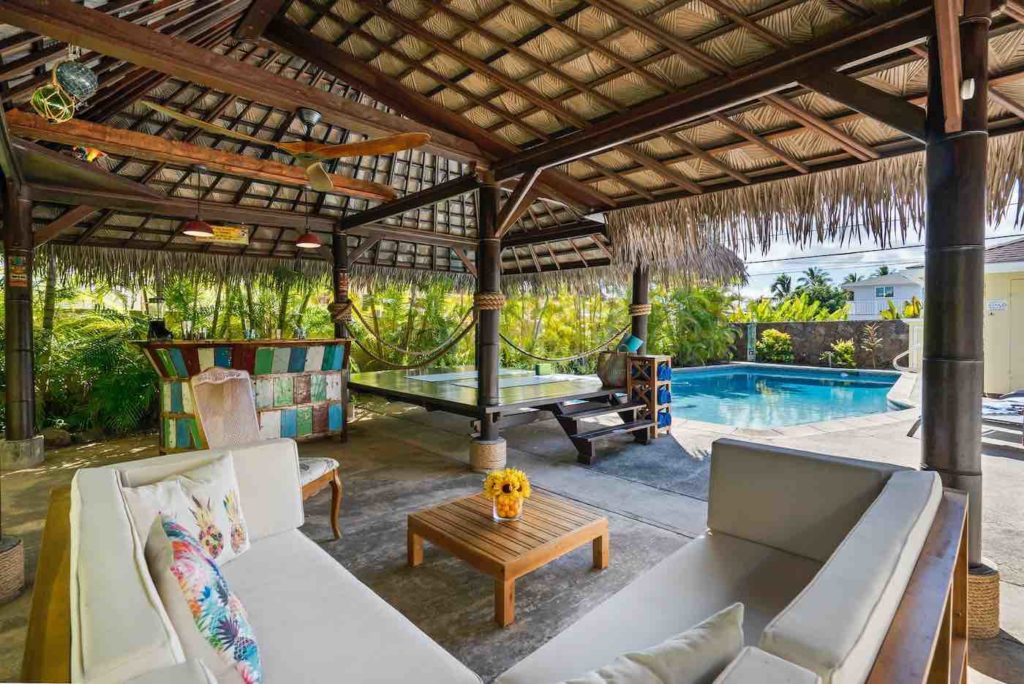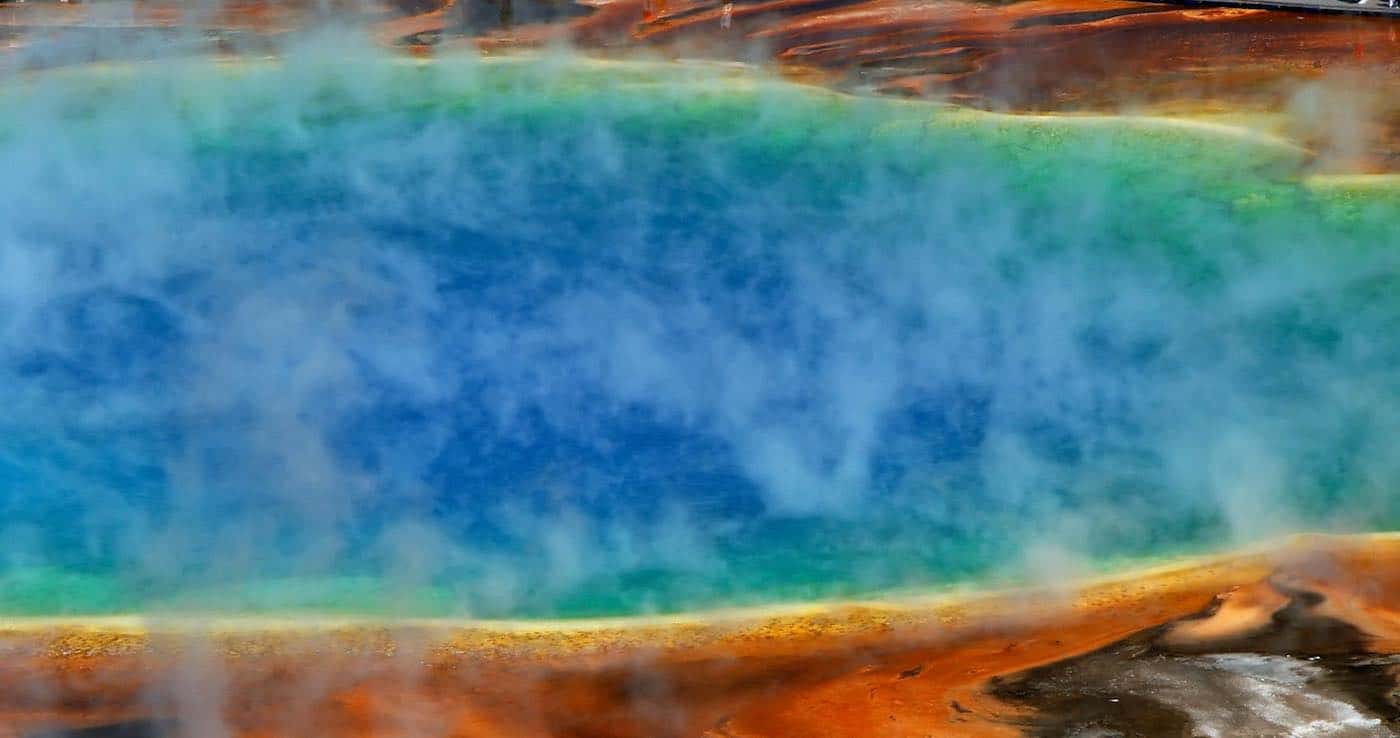While a nice dip in the swimming pool on a hot summer day can be refreshing, ocean temperatures in the 70s can leave you shivering and looking for the warmth of a towel.
Whether electric or gas, pool heaters are a FREQUENT TECHNIQUE to warm up the water in a swimming pool, but they are EXPENSIVE to buy and run.
If you’re ready to get inventive, there are plenty more economical ways to raise that cold swimming pool water to a pleasant temperature.
The Pool’s Water Temperature
Although individual preferences vary, swimming pool temperatures in the 80s are a good compromise.
They are warm enough to be pleasant for most children and adults but not hot enough to stimulate algae and bacteria growth.
However, keeping pool water to 80 degrees Fahrenheit might be a CHALLENGE, especially for people who reside in northern latitudes.
Ways to Heat Your Pool
Solar, DIY methods, and classic pool heaters are all options for heating your pool. So let’s get started on the most effective and efficient ways to heat your pool.
Some solar collectors are made of copper tubing, and their glazed collector systems work with heat exchangers to transport fluids.
Regardless of the heating method you choose to practice, these are the MAJOR FACTORS that affect your pool’s heating time:
- The type of pool
- The capacity to hold water
- Insulation of the pool
- Sunlight exposure
The Sun as a Primary Heat Source
Solar heating has always been a HIGHLY EFFICIENT SYSTEM since the sun’s heat naturally hits the pool location; thus, the warm water rises in temperature.
Having direct sunlight around helps reduce heating costs, as you won’t need a machine by the pool surface, emphasizing energy efficiency.
Direct sunlight, especially during the summer, intensifies heat retention since the pool’s surface area is constantly exposed all day long.
Solar heat is the answer to a cost-efficient and energy-efficient pool environment. You can even use solar panels as solar water heaters to combat heat loss in your pool.
Solar Pool Heating System

The sun is a natural outdoor swimming pool water heater that is COMPLETELY FREE. Sitting in the sun allows your pool water to absorb sunshine and heat.
A solar cover, also known as a solar blanket, is an enormous sheet of insulation plastic resembling bubble wrap and is placed on top of the water in your pool.
The solar cover can catch solar energy, but a solar blanket also traps heat by decreasing the evaporation of moisture, which is particularly important at night.
Solar covers/solar mats also don’t pose safety risks, are easy to use, and won’t negatively affect the pool filtration system.
Liquid Solar Pool Cover
Liquid solar covers are made of a fatty alcohol component that produces a thin coating on top of the water and prevents it from evaporating.
It’s invisible, unfilmable, and PERFECTLY SAFE to swim in.
A liquid solar pool cover is more convenient than solar blankets since you simply pour liquid into your pool rather than reeling in a blanket.
On the other hand, solar blankets are roughly 25% more effective in preserving heat and water in a swimming pool. Whether liquid or blanket, solar covers help preserve heat and prevent evaporation, particularly at night.
More About Liquid Solar Pool Cover
The calcium hydroxide in a liquid solar cover seems merely a carrier and dispersant, so chemistry aside, the key term is “one molecule thick.”
The liquid solar cover utilizes such a small volume of liquid that you shouldn’t notice it, and we’re not aware of any cases where a liquid solar cover has caused actual injury to swimmers.
Solar Dome
This is the PERFECT pool heater system that works with above-ground pools.
The sun’s rays are collected by a Solar Dome, which pumps your pool water via heating lines before releasing it into your pool.
Solar domes may heat your pool by up to ten degrees, especially if you use them for several days.
They can be difficult to install and may require additional connectors if you want to position them where there is more sunlight. They’re also not affordable.
However, aside from the original purchase price, it is SOLAR-POWERED, which implies it is entirely free to heat your pool.
If a solar dome is already out of your price range or you’re capable, you can use a black irrigation line and a pumping station to make your own, cheaper solar warmer.
Electric and Gas Heaters
They may be the expensive pool heaters, but electric and gas heaters are the best power efficient.
What a Natural Gas Heater Can Do
Pool water flows into your heater, heated by a combustion chamber, before returning to the pool. Among the others, the gas heater is a very effective tool.
They can heat the pool real quick and is perfect for places with cooler climates. But, installing the system is not simple.
You must also spend on gasoline to keep it going. Not to forget the maintenance costs and repairs. Based on the circumstances, the setup ranges from $500 to $1500.
You might save big bucks by doing some work yourself. It will cost between $200 and $400 per month to keep things running.
Electric Heater
Pool heating systems pull hot air out from the surrounding environment and use it to heat the pool. It’s a LOW-ENERGY TECHNIQUE that is entirely dependent on the temperature outdoors.
A heat pump pool heater might be a suitable alternative if the temperature is hot enough (about 40 degrees or higher).
Heat Insulation
If you’re going to build a pool, insulation can help you save money on energy costs. Thermoses and hot pots typically have insulation to keep the heat in.
The average temp in the United States and Canada remains CONSTANT throughout the year. It’s a lot cooler than it should be to enjoy the pool.
To maintain the temperature of your pool higher, use a firm panel insulator under and around the pool foundation to save energy and keep the water warm.
The insulation will make the pool stand apart from the ground. It will keep the pool’s heat in and prevent it from escaping.
Insulating panels will cost you EXTRA in terms of material and installation costs. However, it is the most effective and failsafe method of pool insulation.
Solar Sun Rings
Solar sun rings function in the same way that solar coverings do.
Either you want a single large cover to completely cover the pool or many smaller rings that can be shifted about is entirely a matter of personal opinion.
Sun rings, like solar covers, reduce evaporation by 10% and warms the pool by absorbing solar radiation.
On top of the pool, solar rings can be rotated anywhere due to their free-floating nature.
Furthermore, using solar rings to cover a pool is EASIER than finding a solar cover that suits the pool precisely.
They are LESS DIFFICULT to set up and use than solar covers. You must show the actual size of a solar cover and then trim it to that length.
On the other hand, the rings can simply be thrown in the pool to keep them working. Once the pool is in use, these could also be used.
They are not as effective as sun coverings, even while providing constant heat.
Once the pool is in use, these could also be used. They are not as effective as solar coverings, even while providing constant heat.

Windproof Pool Enclosure
If you live in a breezy place, the best way to keep your pool warm is to use a WEATHERPROOF POOL ENCLOSURE.
The wind causes the pool’s surface area, allowing warm water to escape.
Windproof covers keep the pool warm by shielding it from the elements. Windproof pool enclosures provide access to the pool in all weather, rain or shine.
A windproof pool enclosure is among the most effective techniques to maintain the pool’s heat and prevent evaporation.
It is pretty handy whether it is sunny or shiny; the cost of this enclosure is determined by the size of your pool. If you have a small pool, this method will save you money.
More on Windproof Pool Enclosure
This is IMPORTANT, especially for those who own a large pool. Air temperature/outdoor temperature affects the heating demand, especially for outdoor pools.
The pool creates ripples due to the wind on the pool’s surface area. A calm swimming pool results in a water surface area equal to the pool’s dimensions.
Black Hose Trick
Despite its complexity, this method works just as well to heat your pool without spending much money. This black hose method heats the pool with solar energy simply but effectively.
You should purchase a black garden hose. Untangle the hose and attach it to the outside water faucet.
Then, under direct sunshine, send the hose to a position where the home can be wrapped in a coil configuration. Fill the pool with the remaining hose.
As water travels from the home into the pool, the sun heats it, resulting in warm water flowing into your pool. A downside to this approach is that it does not provide constant warmth.
You must expect the weather to keep warm enough to prevent the water from cooling. Refill the pool every half hour even though this will not be enough.
Pool Heat Pumps
A pool heat pump is a WISE CHOICE. Heat pump pool heaters employ a low-energy technology to extract warm air from the atmosphere and use it to heat the pool.
This method extracts excess heat and transmits it to the pool water. This strategy will heat the pool considerably more quickly than the others.
A pool heat pump also relies solely on temperature rather than the sun. The efficiency of a pool heat pump is unaffected by solar rays.
They are also affordable because installation is only required ONCE. Just a water pump is often used to heat the warm pool water in them.
Such pumps must be used in an open location as they do not require too much space.
They are cost-effective, space-saving, simple to install, constant, and may work continuously throughout the day.
The only issue is that they are not suitable for usage in the cold. This is not only due to heat pumps’ lower efficiency at colder temperatures but because they could become blocked or broken.
A Solar Cover and Pool Heat Pump Together
Even though this technique is pricier, it is the most cost-effective option to heat your pool.
When you use a solar cover or solar rings in conjunction with a pool heat pump, your pool will retain heat for as long as possible.
The pool pump will keep you warm on cloudy days and nights, while the solar cover will keep you warm on bright days.
When you combine these two, you’ll have a warm pool for very little money.
Bonus Tip
Condensation is by far the most significant source of pool heat loss. The energy required to evaporate water is enormous.
Although 1 Btu (British thermal unit) is all it takes to raise the heat loss from 1 pound of water to 1 degree, each 80oF water that dissipates removes 1,048 Btu from the pool.
Frequently Asked Questions
Let’s look at the following questions frequently asked by pool owners on heating your pool.
They are an AFFORDABLE type of solar cover but with no guaranteed safety. It’s a thin vinyl blanket that’s made from tiny air bubbles.
A gas pool heater and a sun cover are the QUICKEST ways to heat your pool. That’s like placing a cover on your coffee after heated in the microwave.
Solar panels are also good options to save on pool heating costs in the long term.
Solar panels cannot be affected by average air temperatures since it converts solar energy, and the energy output divided will help heat your pool.
The black plastic is a TERRIFIC HEAT INSULATOR. You use black PVC pipes, plastic trash bags, and duct tape as solar mats to heat your pool.
However, covering your pool with thick black plastic solar mats is ideal. They will trap the heat, resulting in warm water for you.
Final Thoughts
Upon reviewing all of the ways for heating a swimming pool, we can state that practically all of them are cost-effective and will effectively heat your pool.
However, keep in mind that heating a pool is DIFFICULT, even with a heater. It can contain a large amount of water and takes 15-20 hours to heat.
Keeping your pool nice and warm makes the pool accessible even during the cold season. Reducing heating cost using a solar heater is one way of maintaining a warm pool.

1 comment